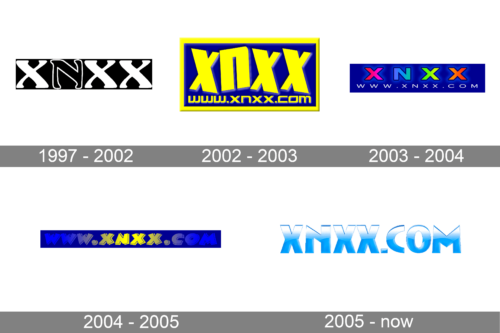
- Version
- Download 126
- File Size 0.00 KB
- File Count 1
- Create Date December 6, 2024
- Last Updated December 6, 2024
The French national football team, established in 1904, is one of the most successful and iconic teams in the history of international football. Representing France in global tournaments, the team has achieved significant milestones, including two FIFA World Cup victories (1998 and 2018), two European Championships (1984 and 2000), and a gold medal at the 1984 Olympic Games.
Meaning and History
Origins and Symbolism
The French team played its first official match on May 1, 1904, against Belgium, which ended in a 3-3 draw. Over the years, the team has participated in numerous tournaments, solidifying its place as a football powerhouse. A recurring symbol of the team has been the rooster, which has a historical and cultural connection to France. The Latin word gallus means both "Gaul" and "rooster," making the animal a proud emblem of French heritage, representing qualities such as nobility, bravery, and pride.
Tournament Highlights
European Championships: The team has participated in the tournament 10 times, with its first gold in 1984 and another in 2000. The 2024 tournament marks its 11th participation.
FIFA World Cup: The team has been crowned world champions twice, in 1998 and 2018.
Olympic Games: Gold medalists in 1984.
Logo Evolution
The emblem of the French national football team has undergone numerous transformations, reflecting the team’s evolving identity and accomplishments.
1894 – 1907: Early Roots
The logo was tied to the Union des Sociétés Françaises des Sports Athlétiques (USFSA), featuring two connected rings in blue and red on a white crest.
1907 – 1919: Introduction of the Rooster
The rooster made its debut in 1907, appearing on a white crest with ornate details. The emblem also included the abbreviation "CFI" for Comité Français Interfédéral.
1919 – 1967: Simplified Rooster
The rooster design became more refined, depicted in yellow and orange tones. The versatile logo had various frames, often reflecting the French tricolor.
1967 – 1972: Minimalist Approach
The emblem adopted a more modern design with a golden rooster outlined in dark blue. The abbreviation "FFF" appeared on a horizontal blue rectangle below the rooster.
1970 – 1998: Bolder Redesign
The logo’s colors became brighter, and the rooster's contours were streamlined. The abbreviation was written in a bold typeface, exuding confidence and modernity.
1998 – 2006: The First Star
Following their 1998 FIFA World Cup victory, a golden star was added above the logo, celebrating the team’s historic achievement.
2006 – 2011: New Style
A sleek, ribbon-style golden rooster design was introduced. The abbreviation "FFF" was modernized, and the emblem reflected a more futuristic aesthetic.
2011 – 2013: Blue and White
The logo shifted to a blue-and-white color scheme, with both primary and secondary versions emphasizing simplicity.
2014 – 2018: Dynamic Update
The rooster was redrawn with more detail and given a left-facing orientation. The addition of gradient blue shades and subtle gray tones gave the logo depth and motion.
2018 – Present: The Second Star
A second golden star was added to commemorate the 2018 FIFA World Cup victory, keeping the refined design introduced in 2014.
Font and Color
The logo’s "FFF" abbreviation is rendered in a bold, geometric sans-serif typeface resembling fonts like Golden Sans and Marratrade Sans. The color palette features blue and white, symbolizing professionalism, loyalty, and confidence. These shades reflect the national identity and the values of the French football team.
The logo of the French national football team is more than just a badge—it is a tribute to the nation’s heritage, history, and sporting achievements. With its iconic rooster symbol, elegant design, and representation of France’s colors, the emblem encapsulates the team’s journey and its enduring legacy in world football.
| File | Action |
|---|---|
| France-National-Football-Team-Logo-768x432.png | Download |








